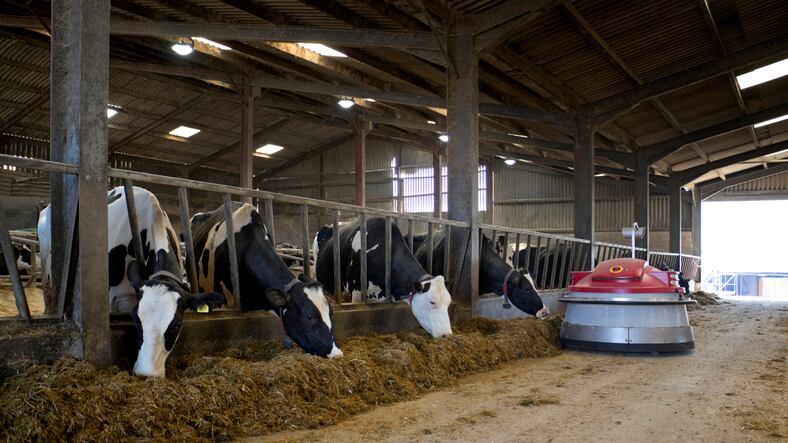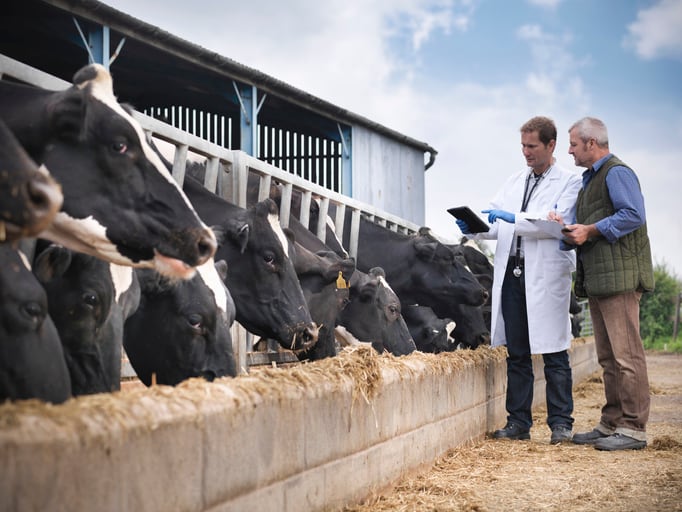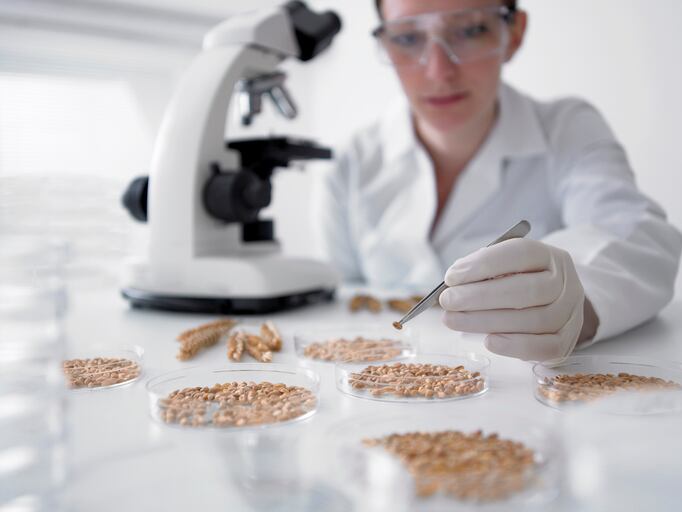Its ruminant R&D team recently gathered new data to quantify the effects of its rumen-specific live yeast, Saccharomyces cerevisiae CNCM I-1077 (LEVUCELL SC), on neutral detergent fiber (NDF) degradation in a large range of forage samples in vivo.
The company said it now has an unmatched database of several hundreds of samples from around the world, representing nine forage types of various quality, with the dataset integrated into industry standard formulation software.
“We cover around 95% of the forage types being used in rations around the world, taking into account also the huge variances in terms of quality within each category,” said Aurélien Piron, technical manager – ruminant, Lallemand Animal Nutrition, who led the project.
This tool was developed for nutritionists who are responsible for maximizing income for farmers through strategies that support optimal feed efficiency and high performing, healthy cows.
With that database integrated into feed formulation program, nutritionists can evaluate the quantitative response of S. cerevisiae CNCM I-1077 on animal performance based on their specific diet composition and forage quality.
It allows them to precisely adjust rations to either increase milk revenue per kg of feed or to optimize feed cost with similar revenue as the technology offers nutritionists the flexibility to change raw materials, or switch to new source of non-edible human food. Likewise, they can also decide to use low quality forages to formulate in a more sustainable way.
As well as ensuring the most profitable solution for the dairy farm manager, nutritionists using the program can guarantee that the diet is safe, he added.
Significant progress has been made in nutrient requirement prediction models through the inclusion of biological and dynamic pathways for ruminant digestion, reported Piron. “We have a much better understanding of the biology of the cow. We can now characterize the ration and predict the ruminal pH from the ration, for example," he told us.
While nutritionists tend to be extremely cautious when it comes to ration manipulation, the company has only received positive feedback about the program from early adopters, said the Lallemand representative.
Fiber degradation in the rumen
The effects and modes of action of S. cerevisiae CNCM I-1077 on rumen microbiota have been extensively studied, said Piron.
“We have been able to document how it enhances fiber degradation through its rumen modifier effects, translated into higher feed efficiency in dairy cows."
The main effects attributable to this strain include stabilization of ruminal pH and increase in fiber degradation and subsequent improvement in digestibility.
Fiber degradation in the rumen leads to the production of volatile fatty acids (VFAs) that represents up to 70% of the energy required for milk production. Thus, the efficacy of fiber degradation in the rumen is an important driver of milk production yield. Oba and Allen have determined that, for every 1% increase in NDF digestibility, milk production increases by 0.24 kg/d, and Fat Corrected Milk (FCM) increases by 0.25 kg/d.
Trials have demonstrated the positive effect of S. cerevisiae CNCM I-1077 on NDF degradation of more than 350 different forage samples including corn silage, straw, rye grass hay, alfalfa hay, meadow hay, annual rye grass (pasture), grass silage, among others, according to the company.
Saccharomyces cerevisiae CNCM I-1077 has been found to increase NDF digestibility by 4 to 8 units, depending on the type of forage and on its own degradability as per studies undertaken by Guedes et al., 2008; Guedes et al., 2015; Chaucheyras-Durand et al, 2010, and Ding et al, 2014.





